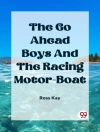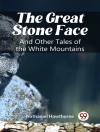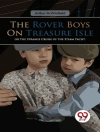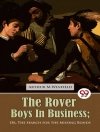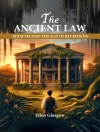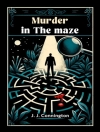In ‘The Three Cutters, ‘ Frederick Marryat crafts a captivating tale set against the backdrop of the British naval tradition, weaving together themes of adventure, loyalty, and the perils of maritime life. Written in Marryat’s signature style, which is characterized by vivid descriptions and authentic nautical terminology, the narrative follows the exploits of three daring vessels and their crews as they navigate both treacherous waters and the complexities of human relationships. This novel not only reflects the Victorian fascination with the sea but also showcases Marryat’s deep understanding of naval operations, drawing on his own experiences as a naval officer to lend authenticity to the story. Frederick Marryat was a prominent figure in early 19th-century literature and is often recognized as one of the pioneers of the sea novel. His own adventures in the Royal Navy, including service in the Napoleonic Wars, informed much of his writing. It was his passion for maritime life and his desire to share the heroic tales of naval officers and their challenges that drew him to create ‘The Three Cutters, ‘ a work that intertwines personal valor with a broader commentary on duty and camaraderie. For readers who appreciate tales of adventure and camaraderie steeped in historical context, ‘The Three Cutters’ is a must-read. Marryat’s masterful narrative not only entertains but also immerses readers in the lively and perilous world of the sea, making it an invaluable addition to the canon of maritime literature. Whether you are a fan of nautical fiction or exploring the evolution of the genre, this novel offers a rich and engaging experience.
About the author
Captain Frederick Marryat (10 July 1792 – 9 August 1848) was a British Royal Navy officer, a novelist, and an early pioneer of the sea story genre of novels. He is best known for his semi-autobiographical work ‘Mr. Midshipman Easy’ (1836) and for his children’s novel ‘The Children of the New Forest’ (1847). Marryat’s literary career was marked by a narrative style that vividly captured the life of sailors and the drama of the sea, which were largely drawn from his own experiences at sea. This authenticity endeared his works to the public and to fellow writers alike. ‘The Three Cutters’ (1836), offers an intriguing tale of sea adventure and piracy, typical of Marryat’s renowned storytelling. He was adept not just in creating thrilling tales but also in weaving humor and social commentary within his works. Marryat’s influence on later writers, particularly in the adventure and maritime fiction genres, is significant. He inspired authors such as Joseph Conrad and Ernest Hemingway, and his work resonated with the likes of Charles Dickens, who held him in high regard. Throughout his prolific writing career, Marryat published over 30 works of fiction and non-fiction, contributing significantly to the form and development of the nautical novel.


